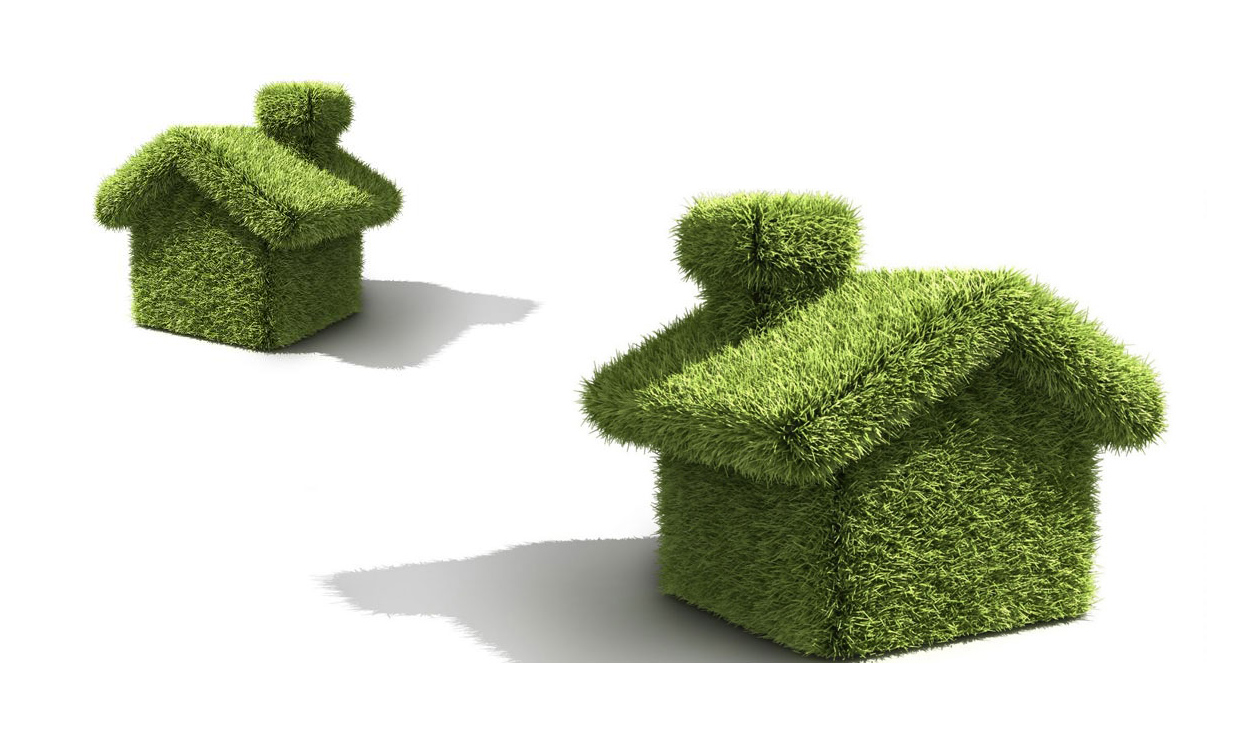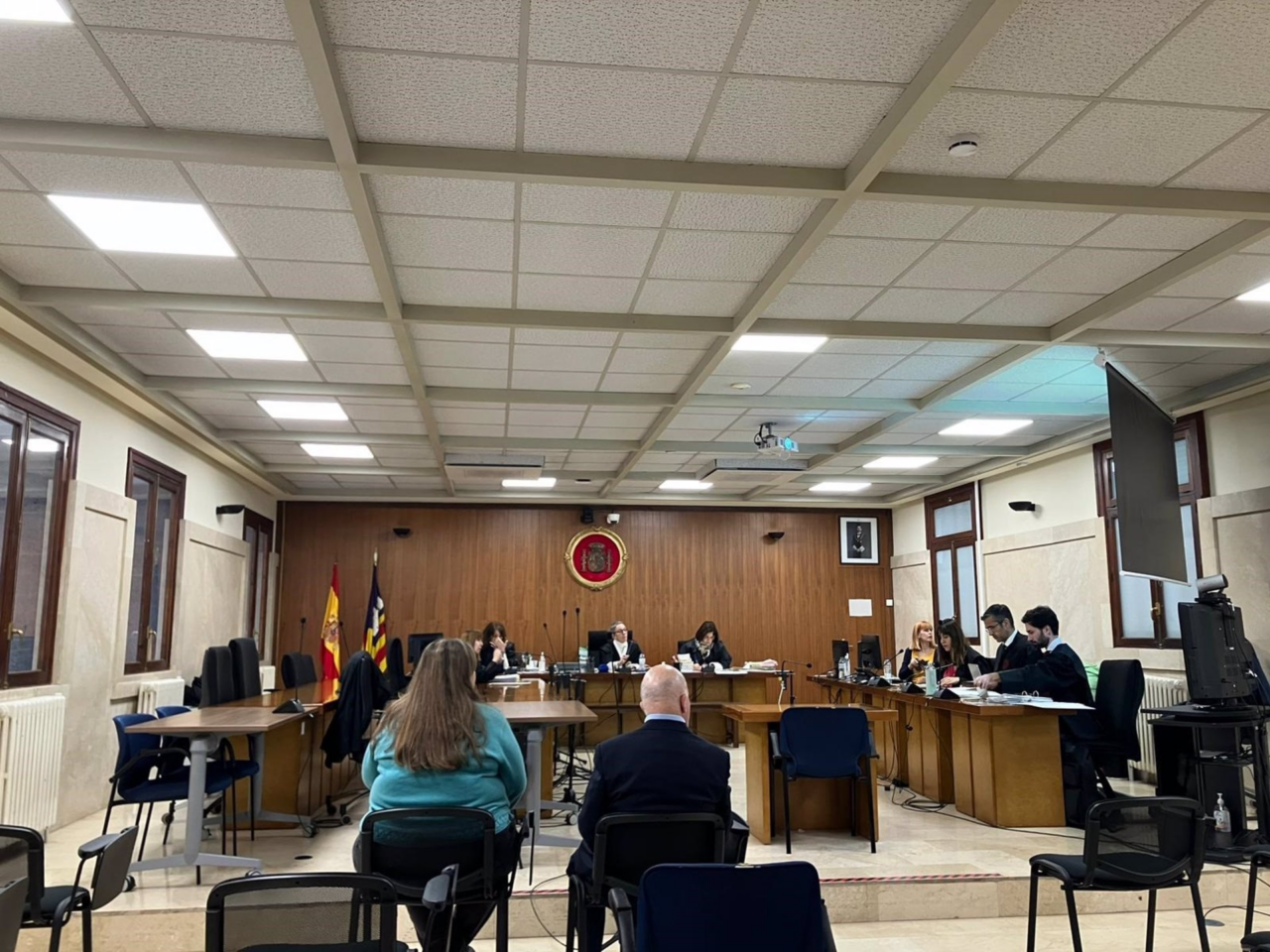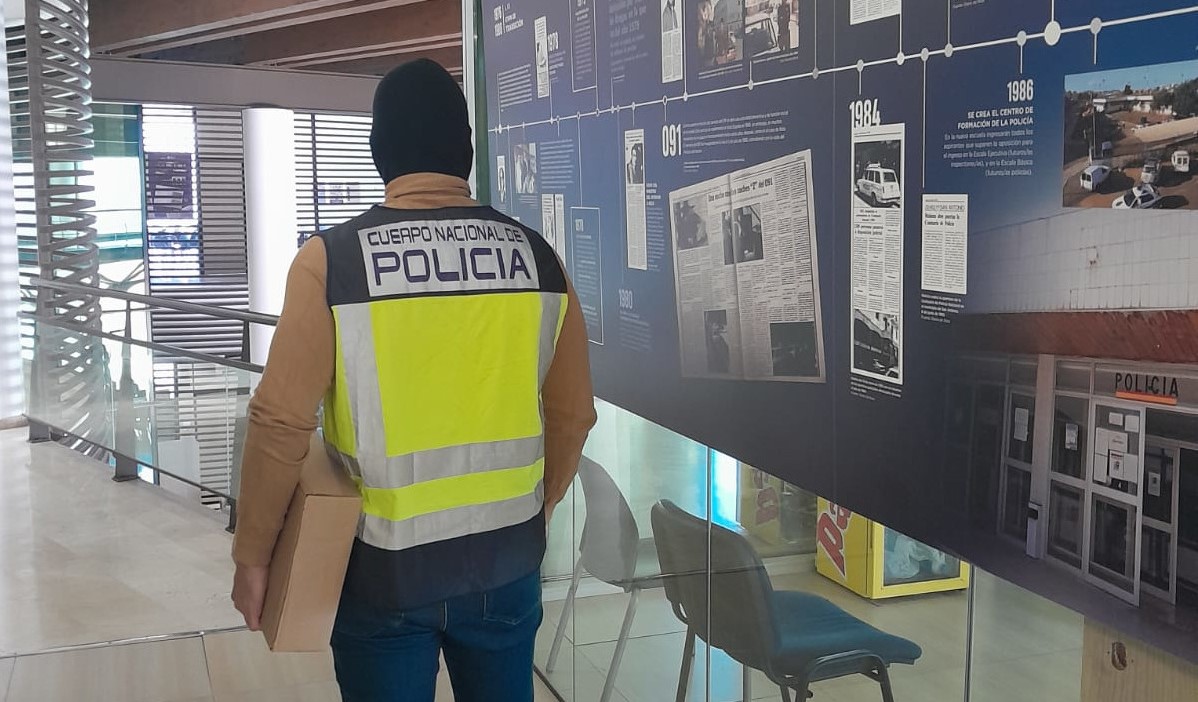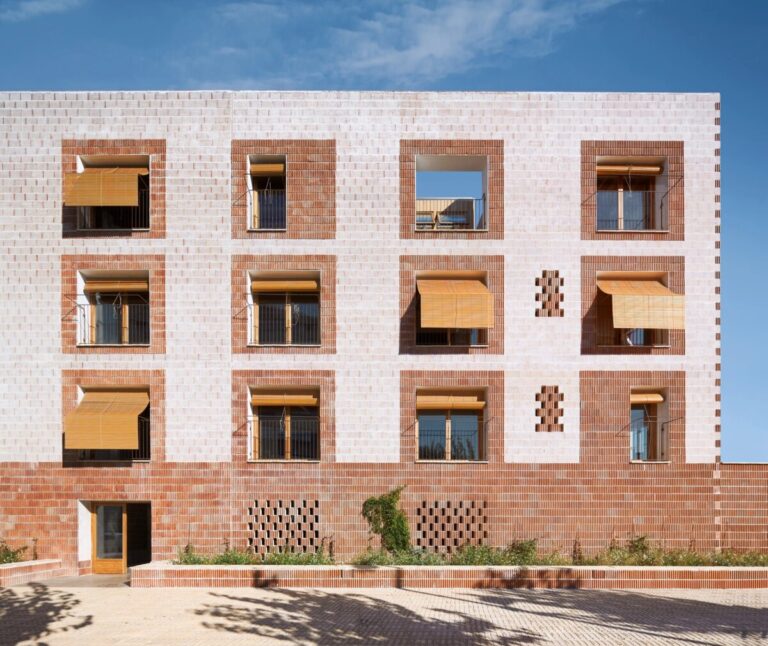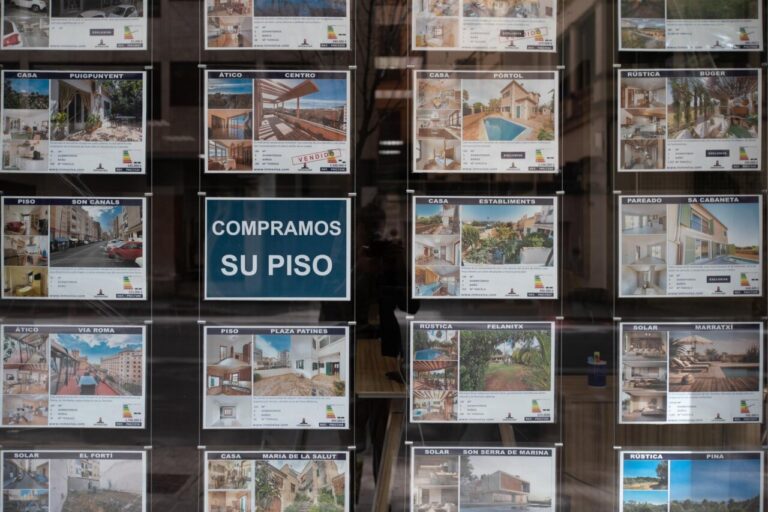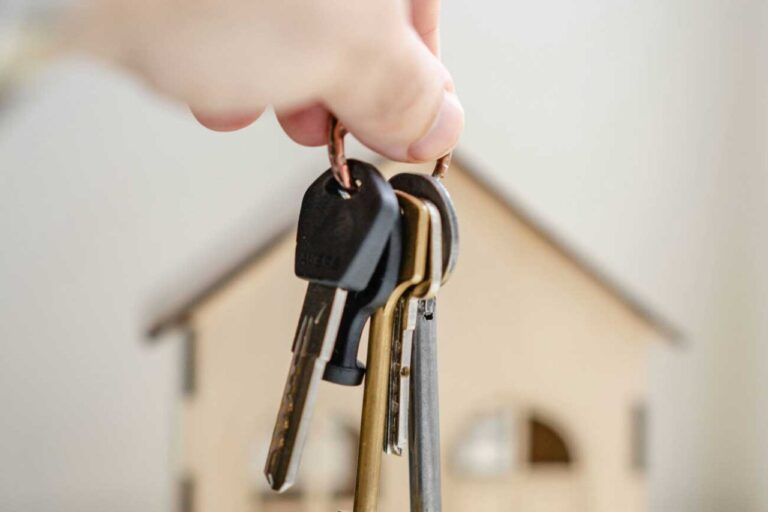10.75% of homes in the Balearic Islands, some 614,311 buildings, are “green homes”. That is, they have energy efficiency certificates, according to a study by ST Analytics, of the group Sociedad de Tasación.
-
Ibiza and Formentera owners: how many have more than 10, 25 and 100 properties?
-
Balearic Islands has one of the most expensive rents in Spain: what is the top 7?
The report Sustainability in Spain’s Housing Stock 2024 compares the total number of dwellings in each locality in the country with those that have energy efficiency labels of types A, B, C or D. The percentage recorded in the Balearic Islands is similar to the Spanish average, where only 10% of homes (about 2.56 million) have this “green” label. The report, which details that only 30% of homes have an official energy rating, is based on statistics from the Cadastre, both nationally and regionally, updated to October this year. “The study shows with data to what extent the housing stock in Spain has the great challenge of advancing in terms of sustainability and rehabilitation of their residential properties,” said the CEO of ST Analytics, Alejandro Gonzalez.
What does it mean to be a “green home”?
Green homes, also known as sustainable homes, are those that make better use of energy. To evaluate them, energy ratings have been developed, which have been mandatory since 2013, both for the sale and rental of any housing. “The main function of energy ratings is to evaluate the efficiency of housing in aspects such as electricity, air conditioning or water management; and they are registered by architects or qualified technicians. The energy efficiency of a home depends on factors such as the year of construction, the climate of the region and the type of property,” specified González. In addition, the expert added that “it is important to bear in mind that the requirements for assigning the rating vary depending on the climate zone being studied, with the degree of demand being higher in coastal areas”. On the other hand, González has highlighted that “one out of every two homes in Spain were built before the 80s, and due to the type of construction at that time, they do not have systems such as thermal insulation in the facades, which has a negative influence on their energy rating” If only the homes promoted since 2015 are taken into account, the percentage of efficient homes stands at 75%. Therefore, municipalities with more new housing tend to be the “greenest”.
The “greenest” municipalities in the Balearic Islands
Within the islands, the municipalities of Sant Joan de Labritja (20.37%), Formentera (17.81%) and Marratxí (17.79%) are at the head of the “green” housing. They are followed by Mancor del Vall ( 17.64%), Artà (16.76%), Deià (15.73%), Costitx (15.61%), Campos (15.13%), Bunyola (15.1%) and Puigpunyent (14.9%). In any case, they are far from Madrid’s Rivas-Vaciamadrid (43.6%), Arroyomolinos (42.2%) and Villalbilla (41.4%), which have the highest rate of sustainable housing. On the other hand, Toledo, Zaragoza, Teruel, Navarra and Soria are the five provinces in Spain with the highest proportion of energy-efficient housing.

